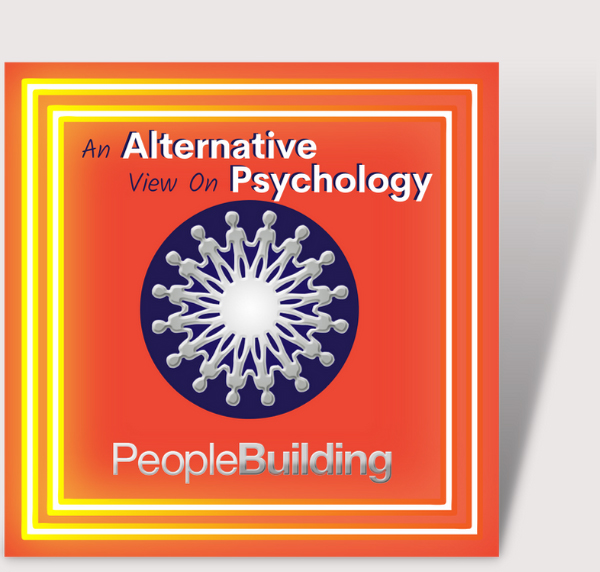Making decisions and committing to them can be a highly rewarding skill when approached with an open mind and without being stubborn.
Making decisions for yourself shows the world that you have confidence and self-assurance. Once you’ve made up your mind, the path ahead becomes clearer. Your decision reflects your integrity, even if others may not agree. It helps people understand where they stand with you.
The challenge with this is that once you have decided, your mind is no longer open to the many other possibilities that may have been available to you. Perhaps one of these alternative possibilities could have offered a better outcome than the one that had been chosen. As soon as you have decided, your mind is fixed, and it is as though all of the previous channels that were open to possibilities are switched off.
There are times however when we all struggle to decide. This is usually because of the implications that the decision will have. If the decision affects our future or impacts others, then it is harder to decide what to do. Even if the right choice appears to be obvious, sometimes your thoughts and feelings are just not aligned.
In this instance, sticking to logic – what the brain is telling you- is very tough. The feelings and emotions involved are by far stronger than logic and reason. Human beings are very driven by their emotions. Just think about it – people end up doing all manner of crazy things because of how they are feeling at a particular time, even if they know in their mind that the way they are reacting is crazy.
When you’re torn between your head and your heart, a helpful strategy is to create two lists: one for the advantages of your choice and another for the disadvantages (or the advantages of an alternative option). Once you have both lists, evaluate each point by assigning a score from 0 to 10. For the pros, a score of 10 indicates a strong positive impact, while 0 means it’s not significant. For the cons, a score of 10 represents a serious drawback, and 0 indicates minimal concern. After scoring, compare the totals of each list. If you’re weighing two sets of pros, this will clarify which option offers the greatest benefit. If you’re assessing the pros and cons, you’ll gain insight into whether the benefits outweigh the drawbacks or the other way around.
It’s by no means the only way to base your decision-making process. You can’t write to me and tell me you divorced your spouse after realising their cons outweighed their pros by 7 points. But it’s a start and at least in the process of doing the activity, it keeps your mind open to the other millions of possibilities that the universe has to offer you.
By Gemma Bailey
https://peoplebuilding.co.uk/practitioners/gemma-bailey/



I appreciate Gemma’s viewpoint. I am experiencing a delay in making a decision, partly because I am overwhelmed with all the training and money it will take to do all the things that I think will be rewarding and fun. So, out of this article, I get the message to not beat myself up because I am very open to possibilities, and want the decision to be well thought out.
Thank you!